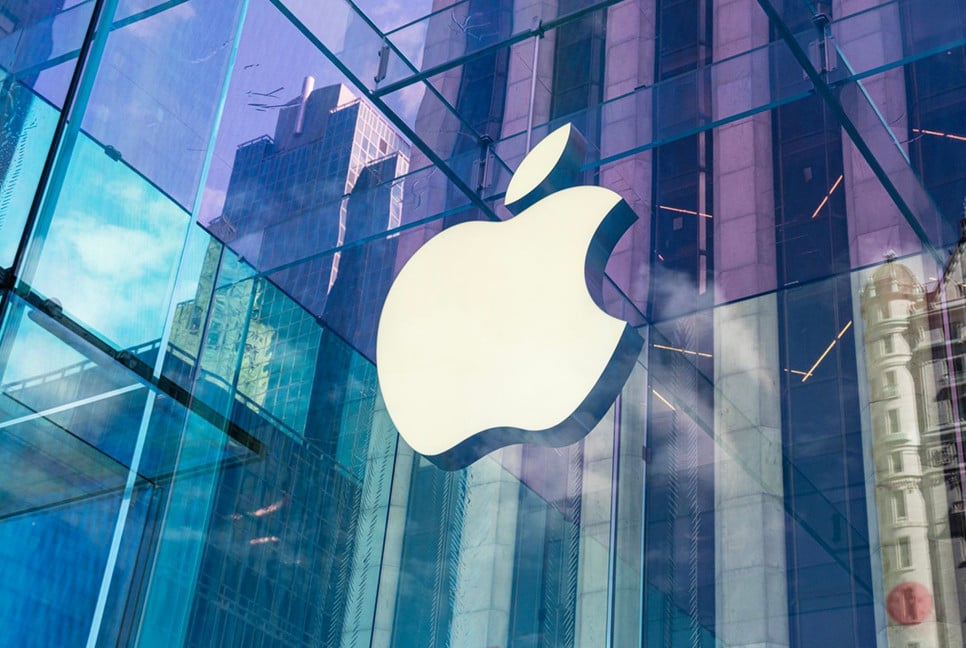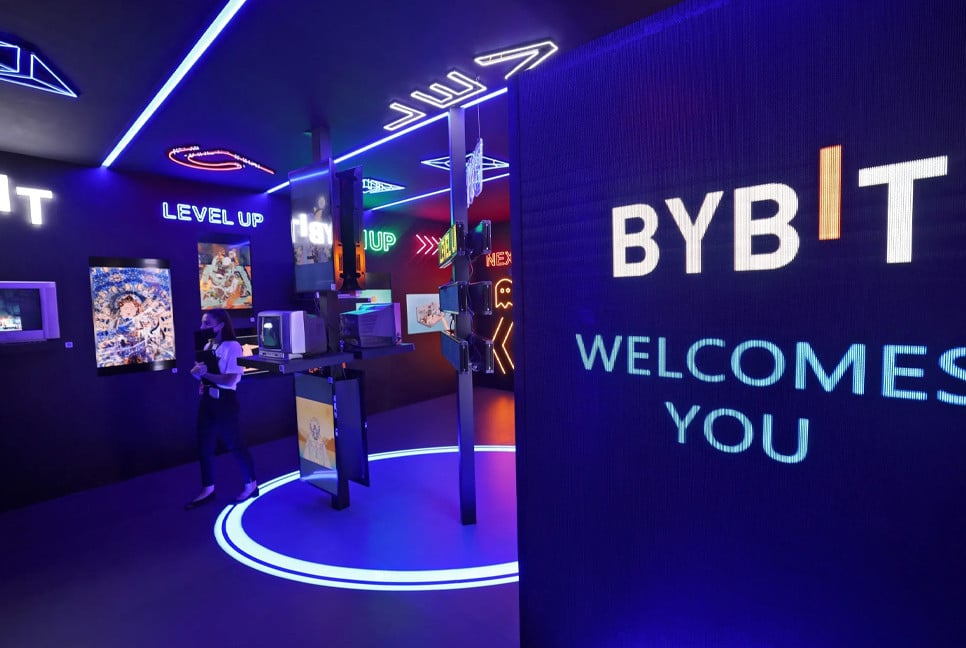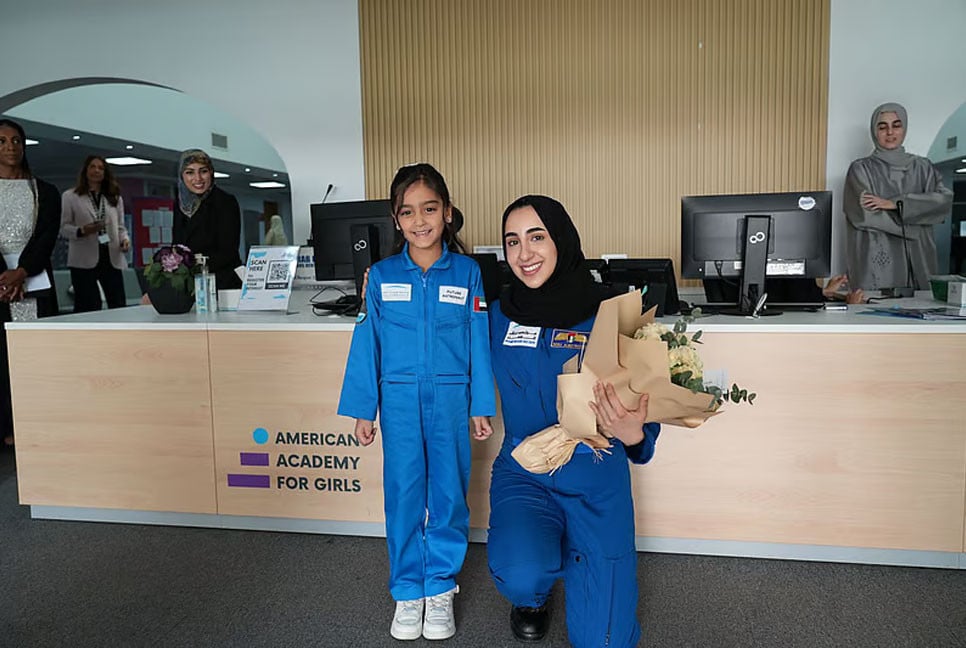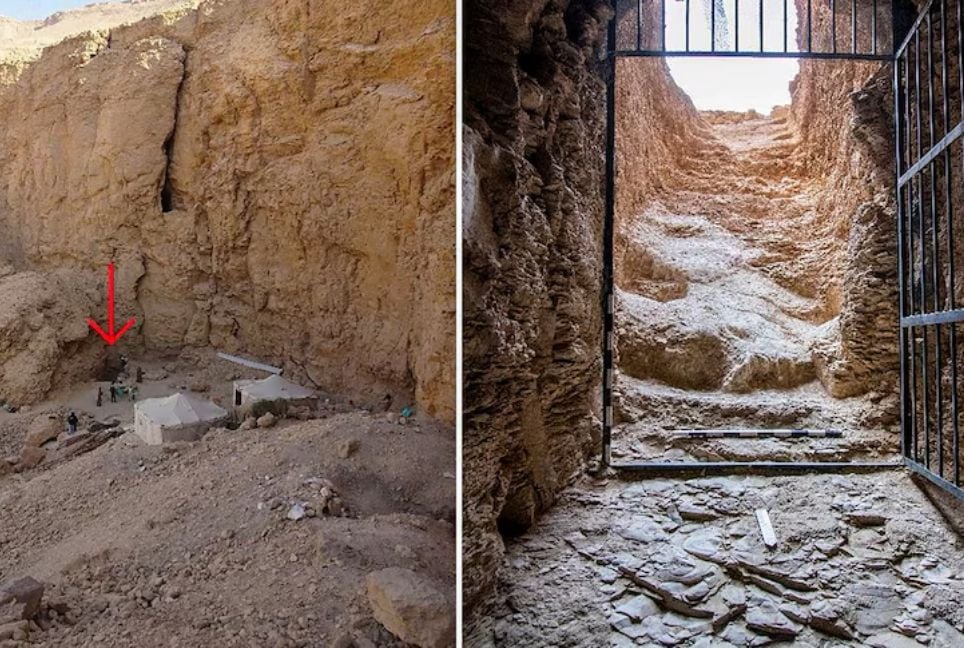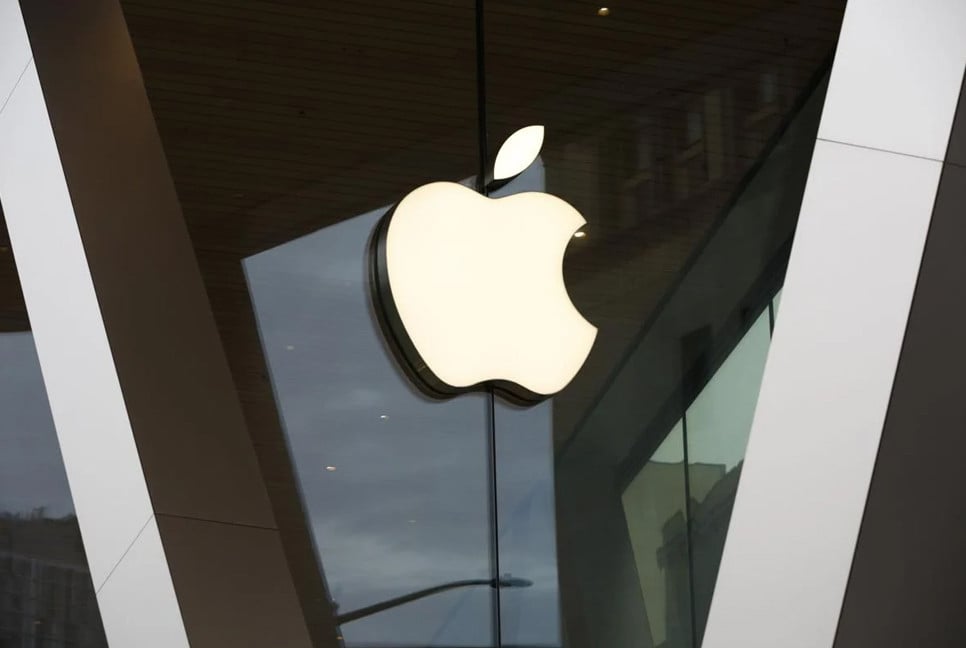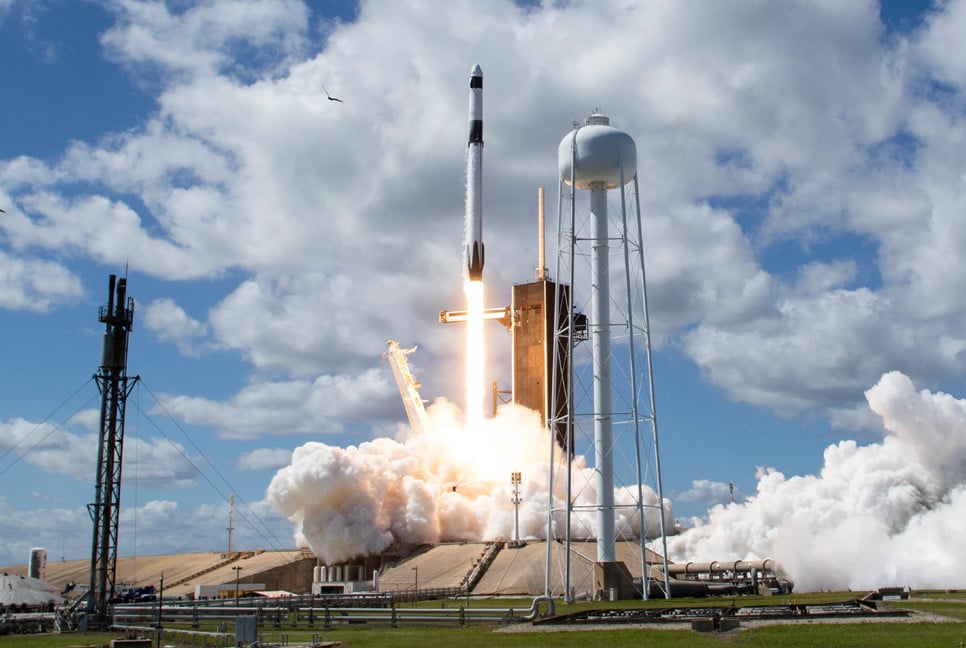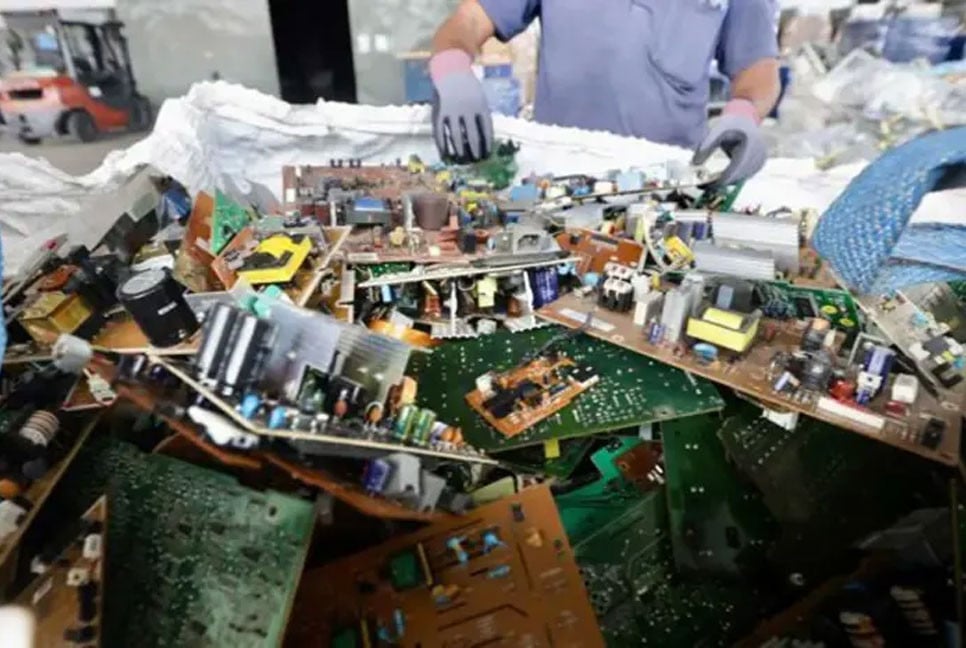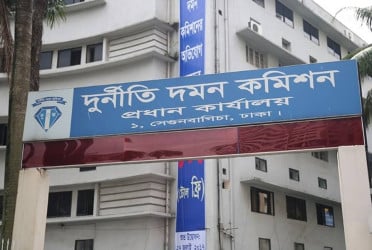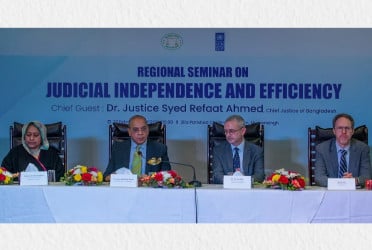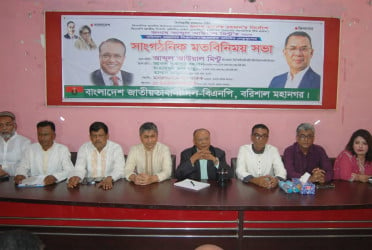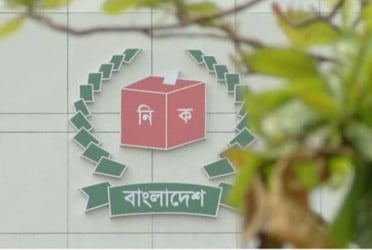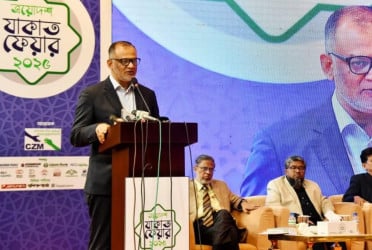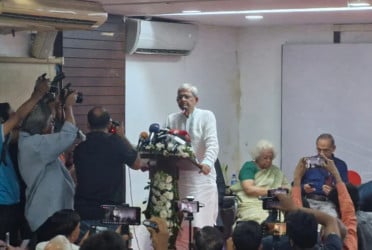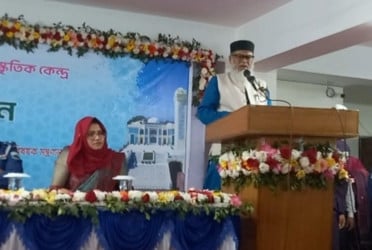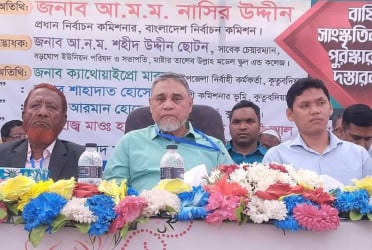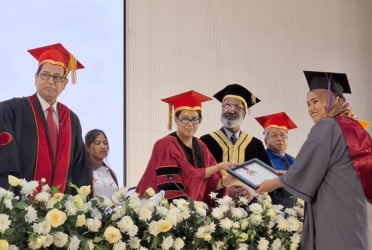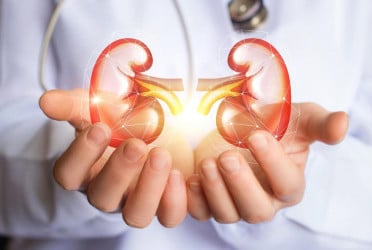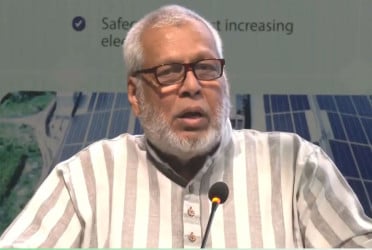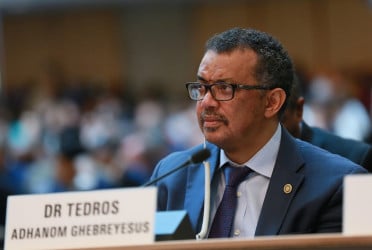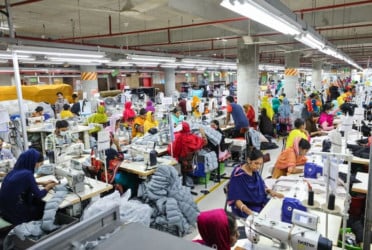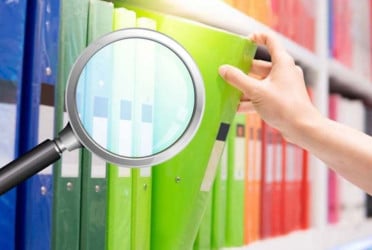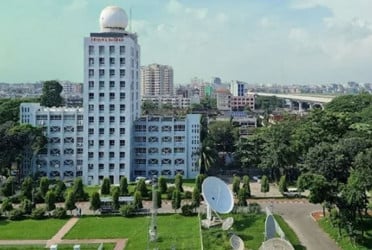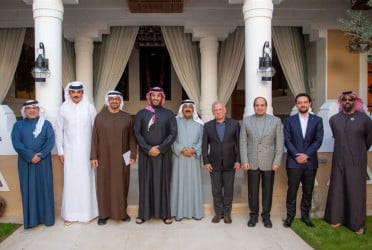SpaceX's Starlink has launched a new service that lets smartphones connect directly to satellites, without needing cell towers. This will provide reliable connectivity in areas that don't have mobile network coverage, marking a big step forward in satellite technology.
What is Starlink’s Direct-to-Cell technology?
The new and advanced service will enable direct connections between satellites and smartphones without any need for specialised hardware or applications. The initial rollout includes support for texting and calling, with plans to add data services in the coming year (2025). The feature further claims to provide uninterrupted connectivity, particularly in rural areas, dead zones and during emergencies.
Additionally, Direct-to-Cell will be pivotal in expanding Internet of Things (IoT) connectivity, which will support millions of devices across industries like logistics, agriculture and remote monitoring.
Features and benefits of Direct-to-Cell
No special hardware needed: Users can connect via standard smartphones without additional devices.
Expanded coverage: Provides uninterrupted service in remote areas, during emergencies, and on the move.
IoT connectivity: Enables seamless integration for millions of devices in global industries.
Laser backhaul network: Satellites will use laser technology for rapid and reliable global communication.
To enhance its global reach, Starlink has partnered with several major telecom operators in different countries. These collaborations will further integrate satellite technology with existing mobile networks, ensuring smoother adoption and widespread accessibility.
Starlink users are reportedly experiencing speeds of 250-350 Mbps, with plans to exceed 2Gbps through upcoming next-generation satellites. The deployment is facilitated by SpaceX’s Falcon 9 rockets and the Starship, enabling rapid global expansion.
Starlink’s Direct-to-Cell further aims to bridge the digital divide by providing reliable communication services globally. It addresses connectivity challenges in underserved regions and strengthens emergency communication capabilities, making it a vital innovation in modern telecommunications.
Source:India TV
Bd-pratidin English/ Afia


